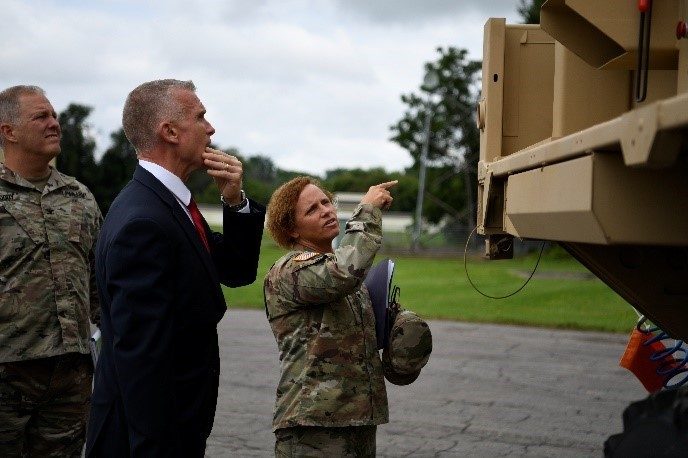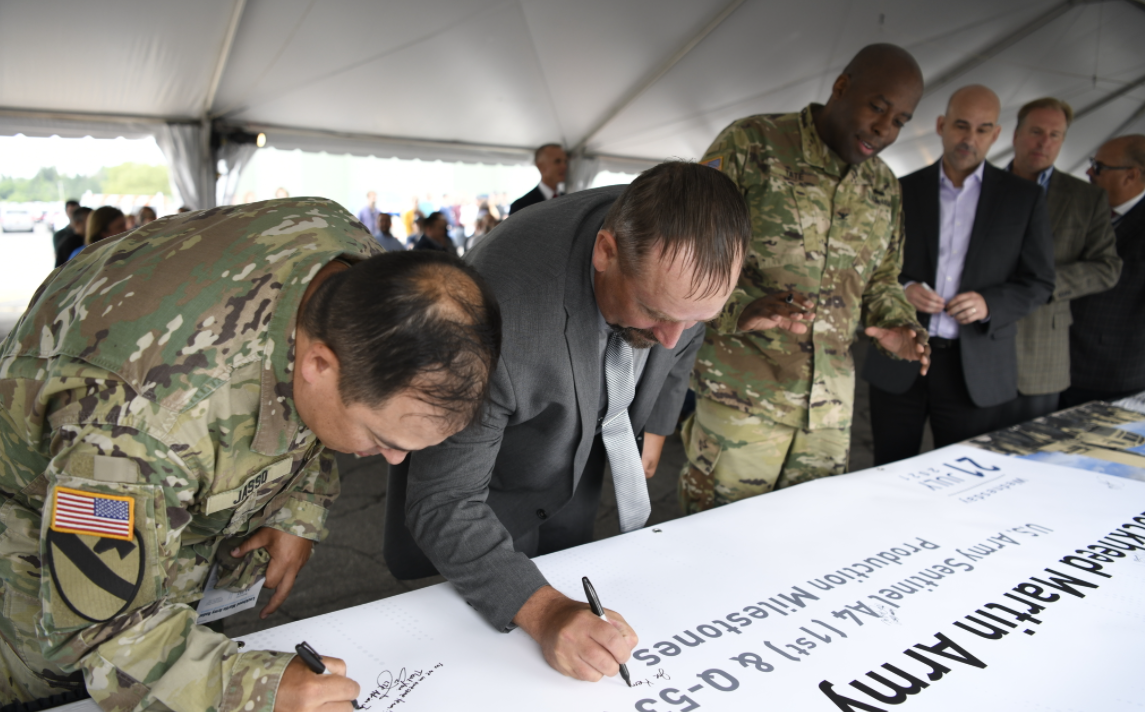The Future of Warfare: Digitization of the Q-53 Radar & the Army’s Modernization Strategy
Modernization for 21st Century Warfare
In an ever-changing warfighting environment, the Army has created a future strategy to adapt and modernize, implementing cutting-edge and transformational ways to conduct warfare, in all domains – land, sea, air, space and cyberspace. It’s critical that the radars developed by Lockheed Martin contribute to that mission of bringing the future of warfare to the present day.
Further, Lockheed Martin’s vision for 21st century warfare is designed to help customers leverage emerging technologies to create an interoperable and resilient network-of-platforms that serves as a flexible, formidable and decisive force multiplier. To accelerate the development and deployment of these capabilities, the company is combining digital engineering, agile development and open architectures to rapidly develop new technology, increase affordability and optimize sustainment.
To that end, the Q-53 fits the bill precisely. The system’s high reliability and performance drives the Army’s desire to modernize the radar and continue to expand the system’s mission requirements. In July 2021, the U.S. Army awarded Lockheed Martin a significant follow-on contract to demonstrate the ability of the Q-53 to enhance future capability and maintain superior performance over peer and near peer adversaries.
“The digitization upgrade not only enhances our existing radar, but represents the future of all our radar programs, providing continued dominance and support for the U.S. Army,” said Mark Mekker, director of Lockheed Martin’s Army Radars team. “Advancing system capabilities is a focus for the Q-53 and other radars that Lockheed Martin develops.”
These technologies enable increased radar performance in new and existing challenging operating environments. The upgrade will include support for Long Range Precisions Fires and Air and Missile Defense missions. The Q-53 capabilities have been deemed key enablers in this mission space and represent continued dedication to the advancement of technology in this space.

Looking to the Future
The Q-53’s future is bright. There is a long road ahead for the radar, with international orders on the horizon.
“We are proud to keep the Q-53 radar relevant in the mission and providing unmatched advantages,” said Mekker. “Having the reputation as the most modern radar deployed today sets the bar for all others to follow. The platform was built to enhance and upgrade along the way, giving it a shelf life that far exceeds all predecessors.”
As the United States and our allies around the world increasingly face future and evolving threats, the Q-53 radar will be there to protect nation’s most important asset – its warfighters.
Delivering Success on a Legacy System

To celebrate the incredible milestone of the 189th radar, members of the U.S. Army joined Lockheed Martin’s Army Radar team to recognize the accomplishment with a ceremony at Lockheed Martin’s site in Syracuse, N.Y., home of Q-53 radar production programs.
- The long-standing history of the highly reliable Q-53 radar stems back to 2007, and includes the following qualifications and capabilities:
- Proven in combat overseas with no system ever taken out of service.
- Maintained at greater than 95% Operational Availability across the entire fleet.
- Allows for rapid capability upgrades and deploy to soldiers in the field.
- Tracks unmanned systems and indirect fire simultaneously via Counter Unmanned Aerial Surveillance (C-UAS) and extended range capabilities, surveilling 50% further than previous radars
- Gallium Nitride for additional power, reliability and enhanced capabilities.




